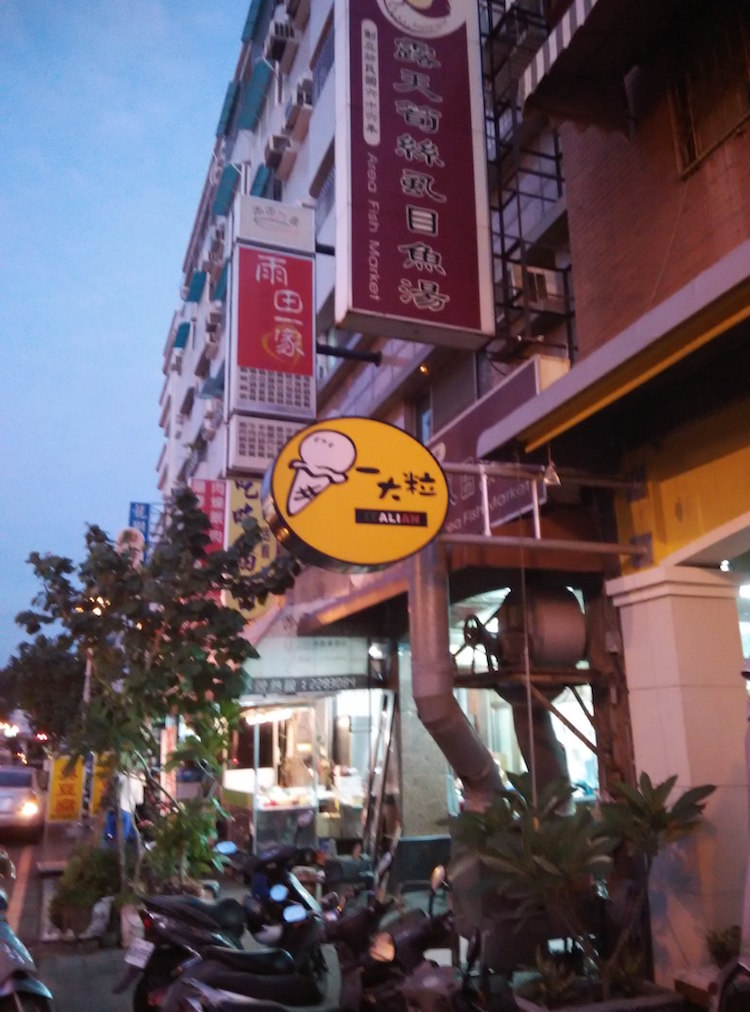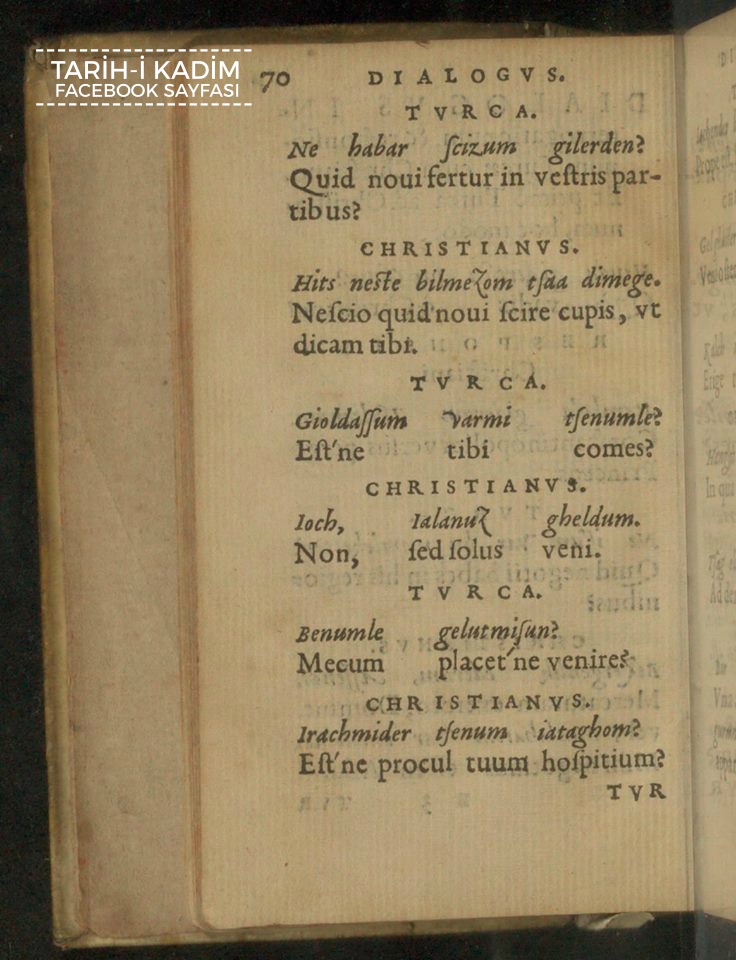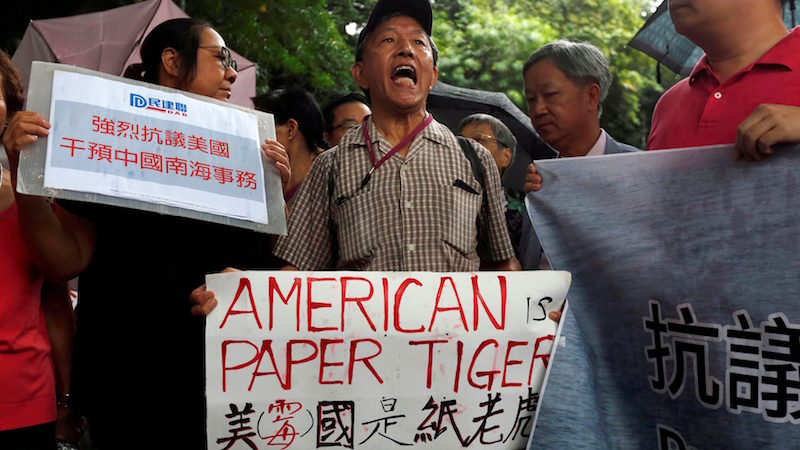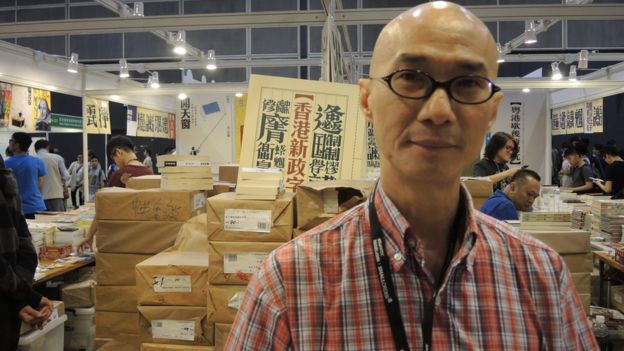Archive for Transcription
"Arrival is a tree that is still to come"
Thanks to Chinese characters, we are inundated with such preposterous profundities.
In the day before yesterday's UK Observer, there is an article by Claire Armitstead titled "Madeleine Thien: ‘In China, you learn a lot from what people don’t tell you’: The Man Booker-shortlisted writer on a solitary childhood in Canada and daring to question the Chinese regime" (10/8/16).
Read the rest of this entry »
Transcription of "Barack Obama", "Hillary Clinton", and "Donald Trump" in the Sinosphere
How do you write Barack Obama, Hillary Clinton, and Donald Trump's names in Chinese?
As it turns out, the answer may vary depending on whether the person you ask is from mainland China (ZH-CN), Hong Kong (ZH-HK), Macau (ZH-MO), Malaysia/Singapore (ZH-SG), or Taiwan (ZH-TW).
Read the rest of this entry »
Harambe McHarambeface
Strange happenings in the Jinhua zoo, Zhejiang, China:
"Has a Chinese zoo called a gorilla Harambe McHarambeface? Claim that poll decided animal’s name sweeps the web" (Daily Mail, 9/13/16)
- Confusion over the naming of a gorilla at a zoo after a 'huge public vote'
- Newborn 'christened' at Jinhua zoo in China's central Zhejiang province
- Total of 73,345 votes were cast for Harambe McHarambeface
- Name is reference to gorilla killed in US after boy fell into its enclosure
Read the rest of this entry »
An old name for Singapore
This is the back side of a 1901 envelope sent from Hong Kong to Singapore:
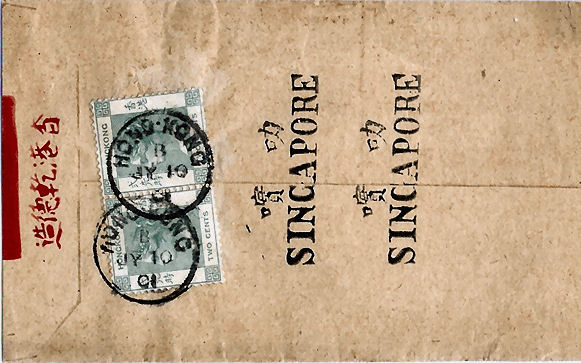
(Source)
Read the rest of this entry »
Italy is one big grain
Venya sent in this photograph of an ice-cream parlor's sign taken in December 2014. It was in the Anping district of Tainan, near the old Dutch fort.
Read the rest of this entry »
Trump translated
In "Trump’s Tower of Babble: How the Sapir-Whorf hypothesis explains Donald Trump’s rantings — and why the rest of the world is so confused" (Foreign Policy, 8/30/16), Christopher M. Livaccari and Jeff Wang allege:
Questions about the meaning of Trump’s words… may be a type of category mistake. Trump and his supporters seem to be adherents to a strong version of what linguists call the Sapir-Whorf hypothesis — the idea that the language we use has an effect on our thinking and the way we perceive the world. There’s only one thing the Trump campaign seems to sincerely believe, in other words — namely, that if it says something enough times, no matter how disconnected from truth or logic, other people will begin to believe it.
Read the rest of this entry »
Turkish written with Latin letters half a millennium ago
In "Türkçe'nin 500 Yıl Önce Latin Harfleriyle Yazılışı" (7/26/16), Abdurrahman Onur Çalışır presents a Turkish text written in Latin letters together with a translation into Latin:
Read the rest of this entry »
Cantonese word list and parser
Bilingual Spanish-Chinese street signs
Xi'Viet
Michael Rank took this photograph earlier today (8/16/16) and posted it on flickr:
Read the rest of this entry »
Mildew Country
Here is a photograph of some Chinese anti-American protesters from "The complete guide to China’s propaganda videos blaming the West for almost everything", by Zheping Huang, Quartz (8/8/16):
Read the rest of this entry »
Political vocabulary and Brother Cream
BBC News has a nice article by Tzu-Wei Liu on "The politics of a martial arts book fair in Hong Kong" (7/26/16). The article is accompanied by six photographs; I will focus on the two that interest me most (because they are both language related), the third and the sixth.
Here's the third photograph:
Read the rest of this entry »
